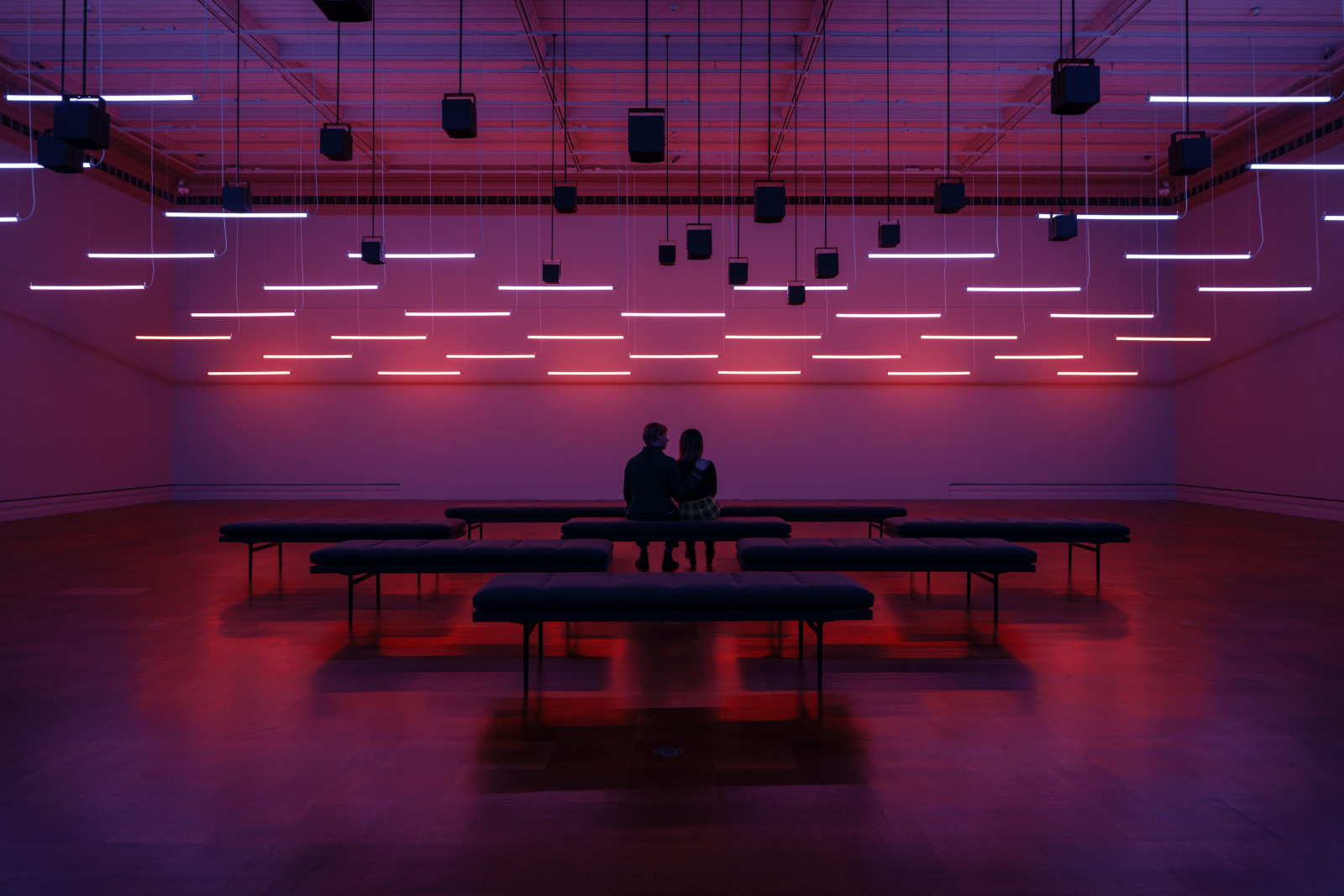Composite "Eye" Bead
Composite "Eye" Bead
Place of OriginChina
DateWarring States Period (about 475–221 BCE)
DimensionsH: 1 3/16 in. (3 cm); Diam: 1 1/16 in. (2.7 cm)
MediumLead-barium glass, as confirmed by testing.
ClassificationGlass
Credit LineGeorge E. Pomeroy Bequest Fund
Object number
1948.80
Not on View
DescriptionDark blue, yellow and white "eye" bead. Scientific analysis in 1950 by Dr. F. R. Matson confirmed this as a high-lead, probable-barium glass, a chemical composition characteristic of the Warring States Period that distinguishes indigenous Chinese glass from contemporary Mediterranean (soda-lime) glass.
Label TextDuring the Warring States Period (ca. 475–221 BCE), glassmaking in China underwent a radical transformation. While earlier glass was often imported from the West (as soda-lime glass), Chinese artisans developed their own indigenous technology. They invented a new formula: lead-barium glass. This unique, high-density glass was technologically distinct from Mediterranean imports and was used to create brilliant, colorful objects, including these "eye" beads, which were powerful apotropaic symbols.
This bead belongs to a group of eight (1948.79-1948.86) exhibited by the dealer C. T. Loo at the Toledo Museum of Art’s East Asiatic Glass Exhibition in 1948. At the time, many of the beads were presumed to have come from Warring States Period tombs in Jincun, Henan Province, or the Chu State capital of Shouchun, Anhui Province.
Published ReferencesBlair, Dorothy. "An Exhibition of East Asiatic Glass." Artibus Asiae, vol. 11, no. 3 (1948), pp. 195-205.100 BCE to 150 CE
5th-3rd century BCE
Late 2nd or 1st century BCE
18th Dynasty (1550-1292 BCE), about 1350 BCE
Probably late 3rd or 4th century
Early to Late 15th century

Membership
Become a TMA member today
Support TMA
Help support the TMA mission









![Vase a Macchie [with patches]](/internal/media/dispatcher/55342/thumbnail)



